Rigid elements are holding soft robots back from their full potential, and new research suggests swapping in fluid-based systems.


Rigid elements are holding soft robots back from their full potential, and new research suggests swapping in fluid-based systems.
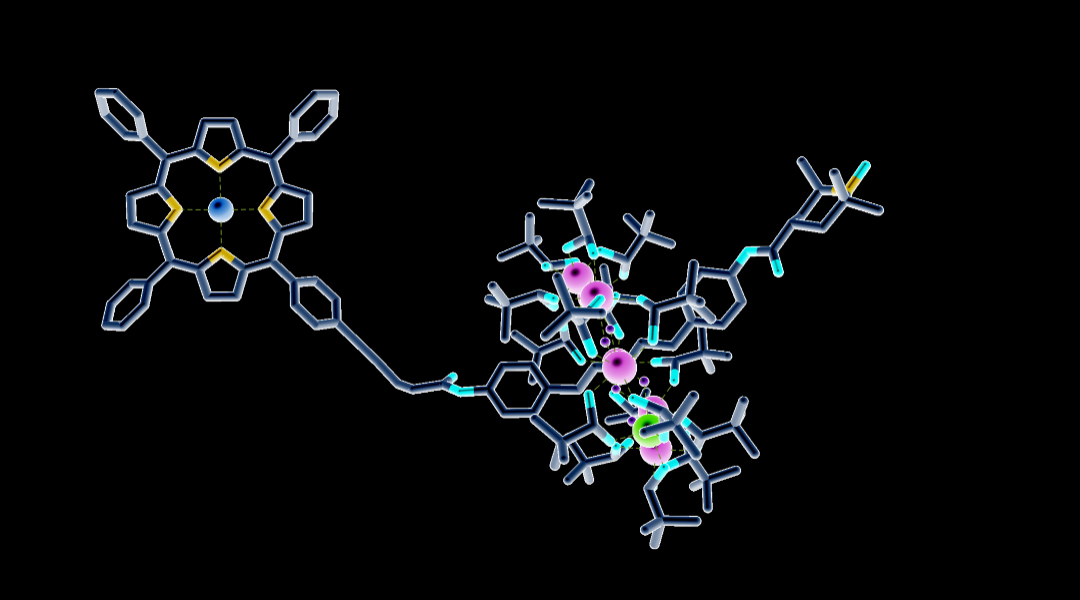
A molecular complex was built to contain three distinct qubits, offering an intriguing architecture for future quantum computers.

Exploiting defects in 2D hexagonal boron nitride to create reliable single photons, researchers have upped their quantum encryption game.
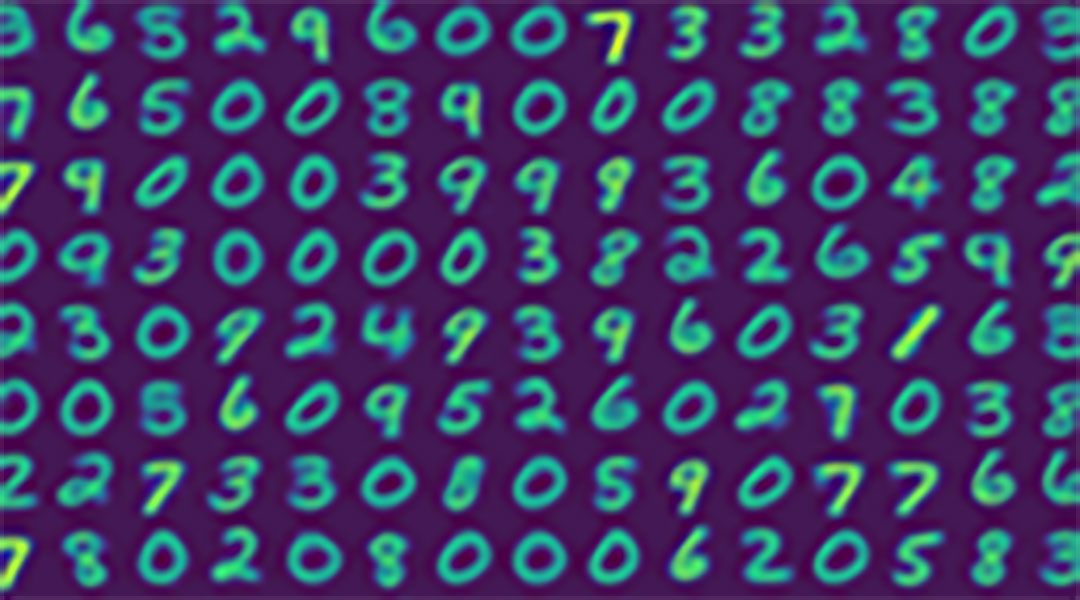
Researchers demonstrate learning behaviour in a solid-state device that is entirely controlled by electrical stimuli.

Cold ytterbium atoms were used to test a fundamental theory which describes phenomena in solids such as magnetism and superconductivity.

A novel recycling process recovers valuable rare earth elements from scrap, minimizing the need for harmful mining operations.
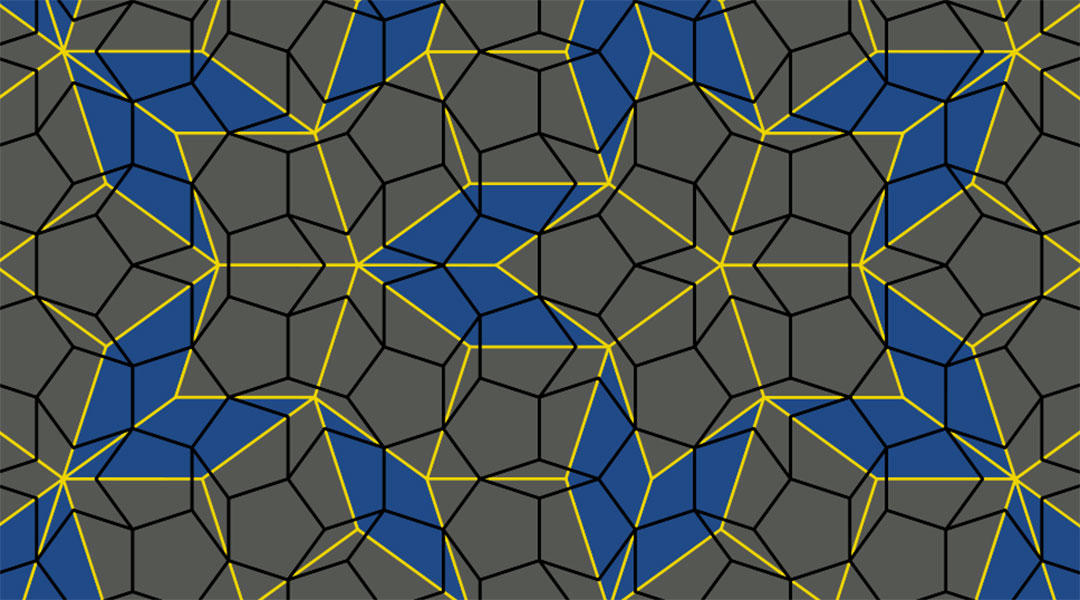
Extra time dimensions provide scientists with a new way to think about phases of matter for more stable qubits and robust quantum computers.
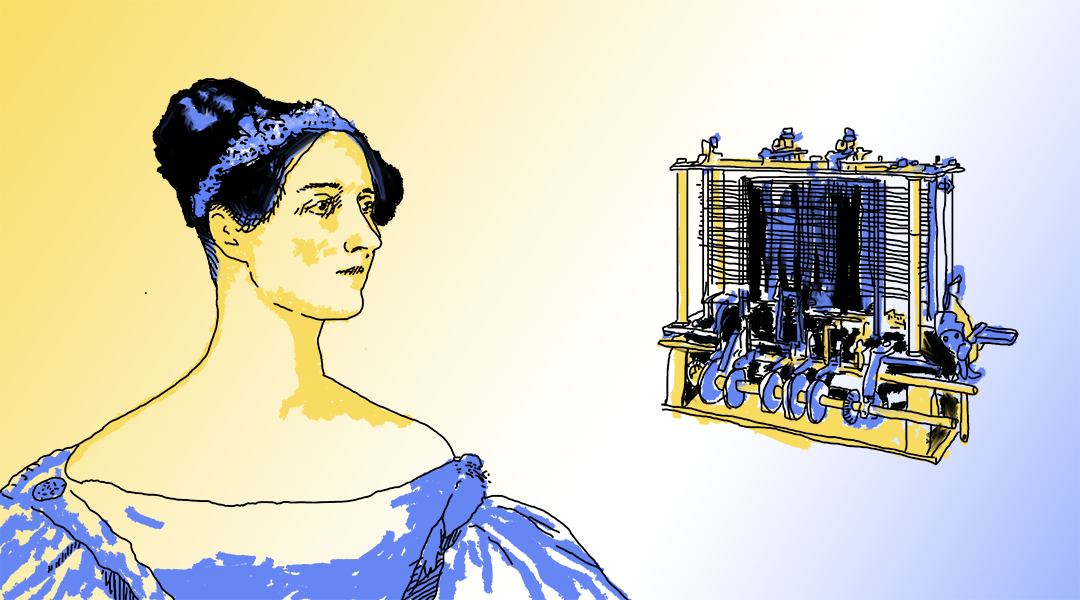
Credited as one of the first computer scientists, Ada Lovelace saw the potential of computers a century before any were ever built.
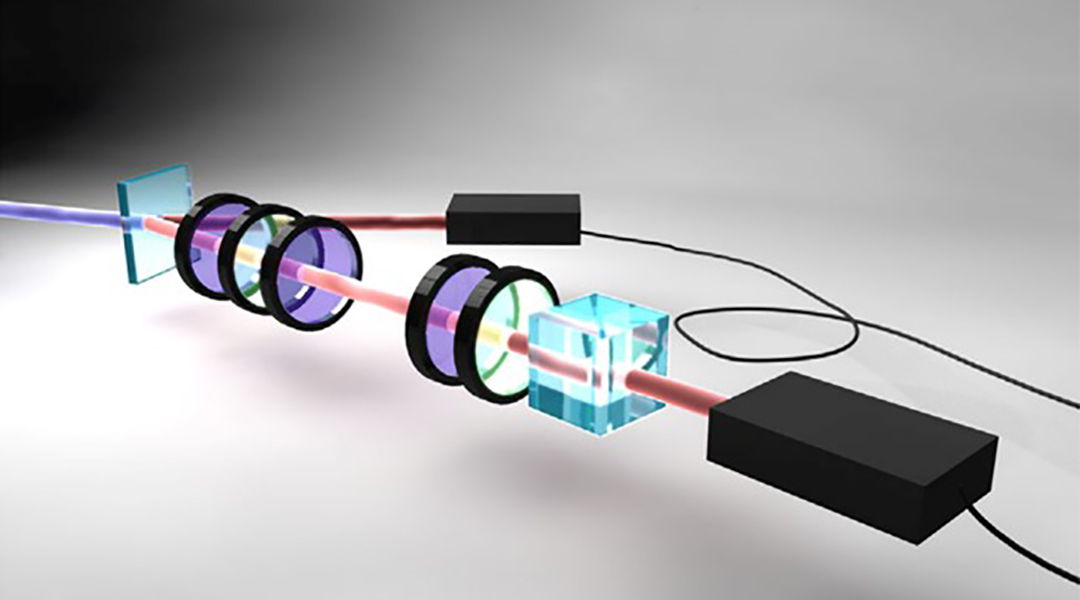
Quantum computing to process large amounts of data tested by bringing together complementary and versatile quantum processors.

Forcing robots to see through a human’s eyes is limiting. Smart robotic eyes that can think for themselves could be the answer.